How To Ride Safely In Winter
The hardest season for every equine and equestrian is halfway gone, but 2024 is just starting! If you have already listed your equestrian goals for this year, it is time to start training.

You may lose your will to ride in the cold weather or hate riding under the rain, or snow. However, studies have shown that a horses's muscular strength, fitness, and overall flexibility significantly decrease in winter even if daily turnout is provided. Some light but regular exercise supported with proper feed will help your horse keep its perfect condition until the spring. It can even improve the performance with small training sessions added to the exercise schedule.
But yes, we get you! The extreme cold, snow, icy tracks, and mud everywhere… It doesn’t only make the training harder but it also makes riding more dangerous.
This week, we have listed some tips to help you stay safe and keep riding during the winter. Grab your hot chocolate and enjoy the read!

Talk To Your Farrier First: No matter if you live in a snowy area or a muddy area, make sure to talk to your farrier and pick the correct shoeing for the season. If you will be riding on snow, make sure to provide extra grip under the shoes.
Besides shoeing, remember to check your horse’s hooves and ankles every day to prevent any mud fever and snowball problems before it is too late.

Proper Feed and Watering: The main energy resource for horses is hay during this season. Remember to keep it always available in the stalls and in the pasture. Your horse will also need more support from grains, beans, and other mixed pellets. To make it easier to digest, you can add warm water into the feed. We also recommend dividing your horse’s daily grains into 3-4 portions and feeding them as frequent smaller meals instead of one big feast so that the digestion can continue throughout the day and keep your horse's belly warm and happy.
When it comes to watering your horse in winter, studies have proven that horses often prefer warm water when it is freezing outside. So, check the water sources around the barn and prevent them from freezing. If possible, try to warm the water up to around 4 degrees Celsius (39 degrees Fahrenheit).

Warm The Bit Before Tacking Up: Bits and all the other metals in your tack can get seriously cold during the freezing days and they might annoy your horse a lot, especially the bit - and curb chain if you ride dressage -. To make it easier for your horse, you can keep the bridles in a warmer part of the barn or you can warm the bit before tacking up your horse. Remember that it should only be warm, not hot so make sure to check it with your wrist before bridling your horse.

Keep Your Horse Dry and Warm: Wet coat can cause serious cold and skin problems in winter. If you are exercising your horse regularly, consider clipping so that the sweat dries off faster. If you have clipped your horse, pay attention to the blanketing options. Remember to keep its kidneys warm with a half blanket when riding outside.

Warm Up and Cool Down Properly: Warming up and cooling down are vital in low temperatures. If you have ample warm-up in your barn, you can use it before riding. However, your riding process should also include a separate warm-up duration. If you don’t have ample warm-up, you can also consider riding in an indoor ring and warming up and cooling down inside. A 10-15 minute warm-up with a gradually increasing pace will be great to prepare the muscles. As for the cool down, gradually decrease the pace and keep walking your horse until it stops breathing heavily and its nostrils return to normal width.

Don't Speed Up: If you are riding out in the snow, take it easy and try slower paces. Even though you might want to run like the wind and experience the exhilaration of a gallop in snow, the slippery footing is a true peril for you and your horse. Also, horses cannot keep up that speed for long while running in deep snow. They exhort a lot of effort and start sweating. Once they slow down, the sweat will become a freezing drench on them.

Dress For Weather: Dressing up for winter can be quite tricky for riders. The best way would be to dress in layers. This way you can remove one layer of clothing if you get sweaty but make sure you won't freeze right away. When picking your clothing layers, pay attention to the fabric and try to choose materials that dry quickly and keep the sweat away from your skin.

Correct Foot Wear: Most riders already prefer long riding boots for training but make sure you keep your legs warm during the ride and your boots have proper sole to save you from slipping on icy ground.
Comment below and let us know your favorite riding season.















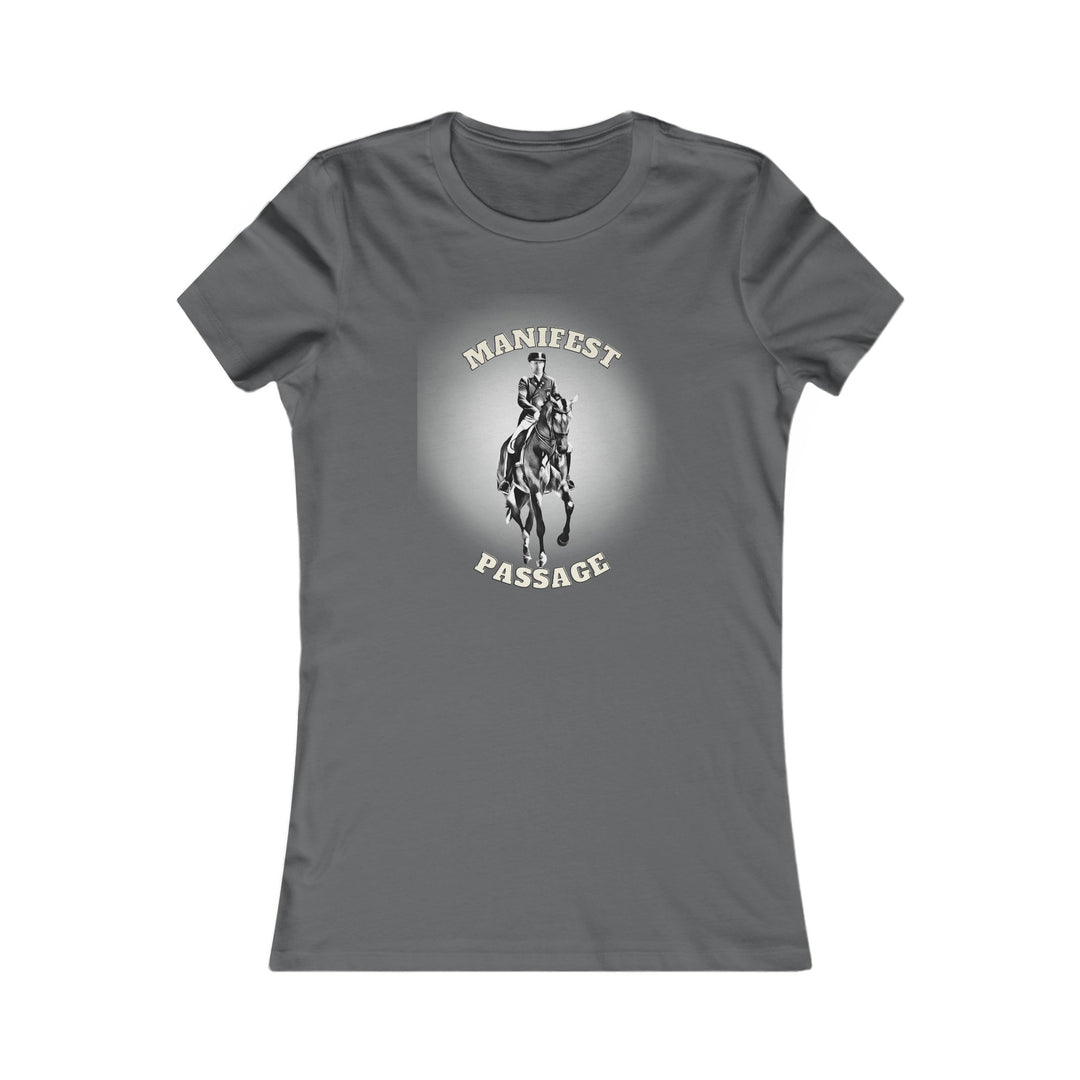
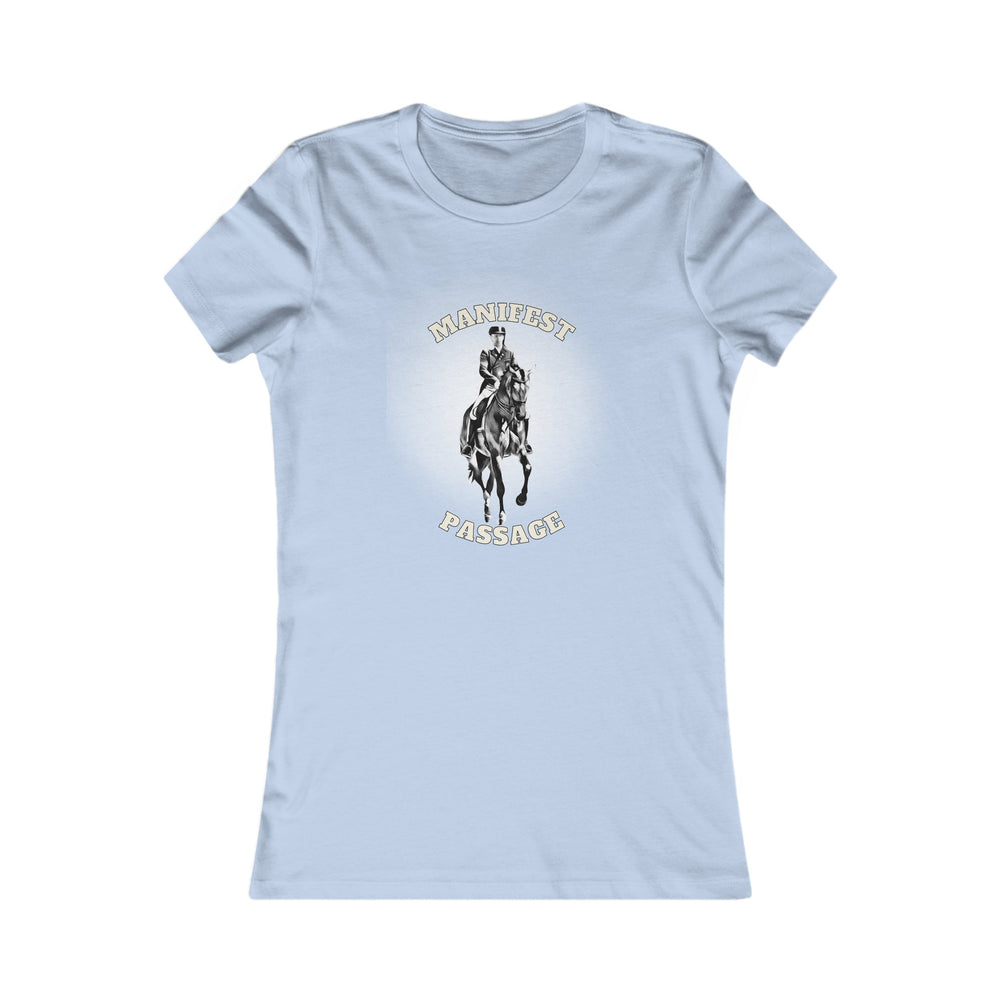
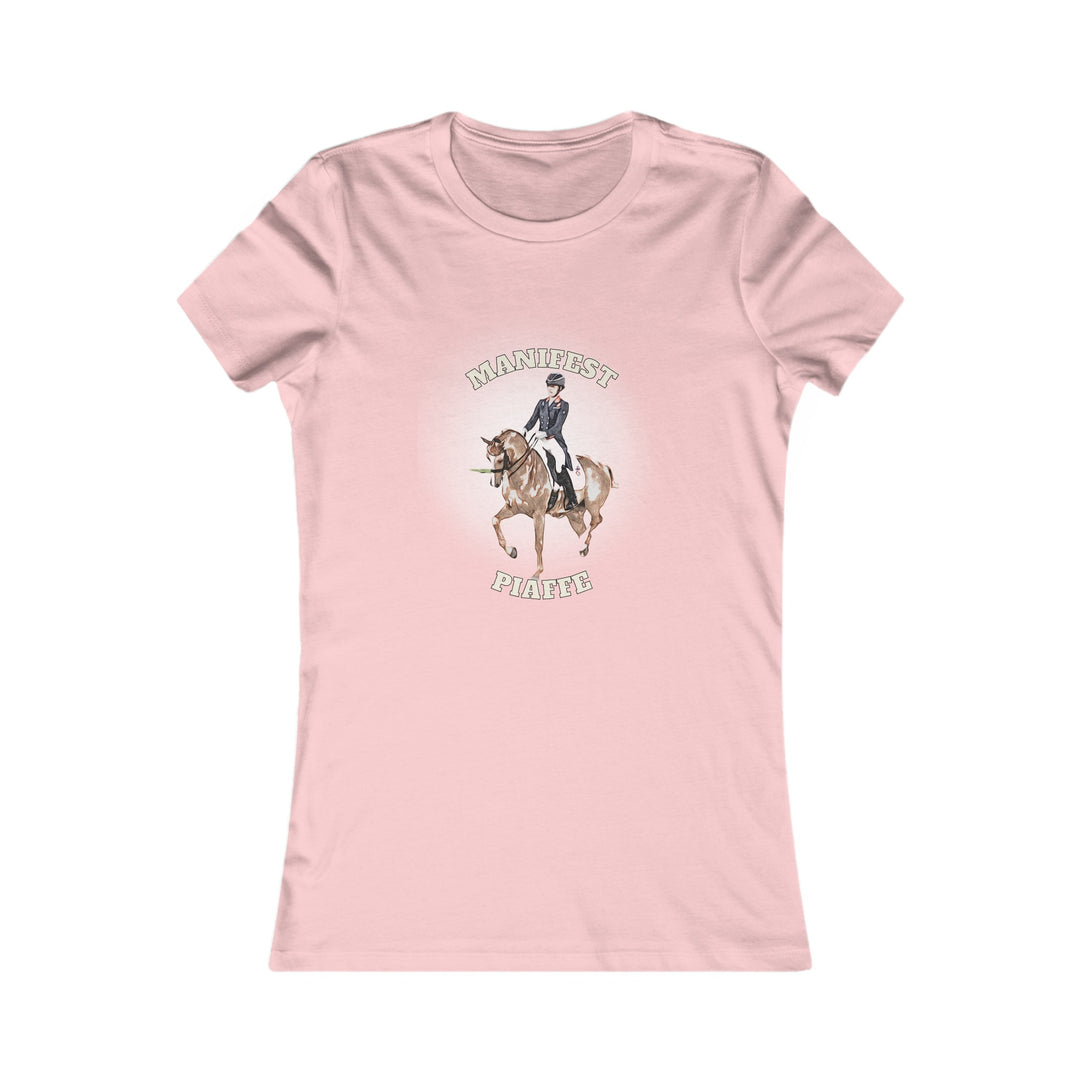
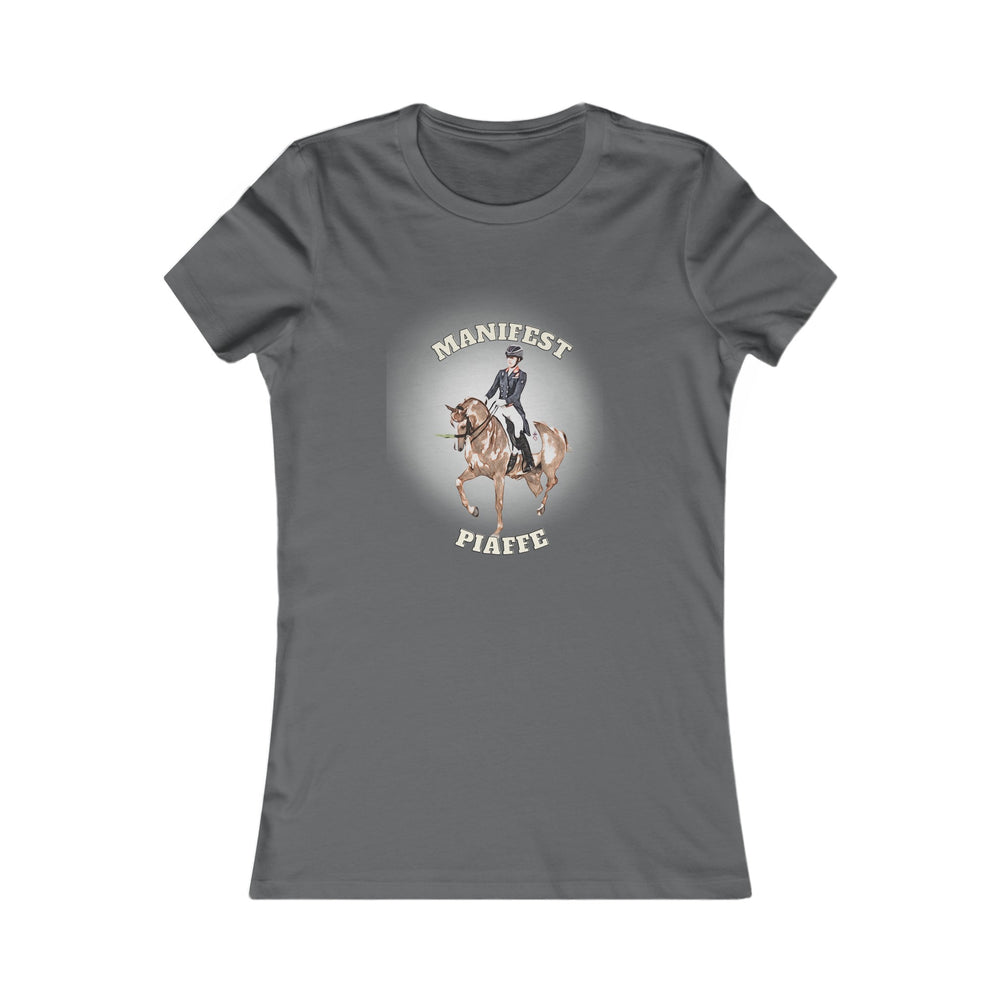
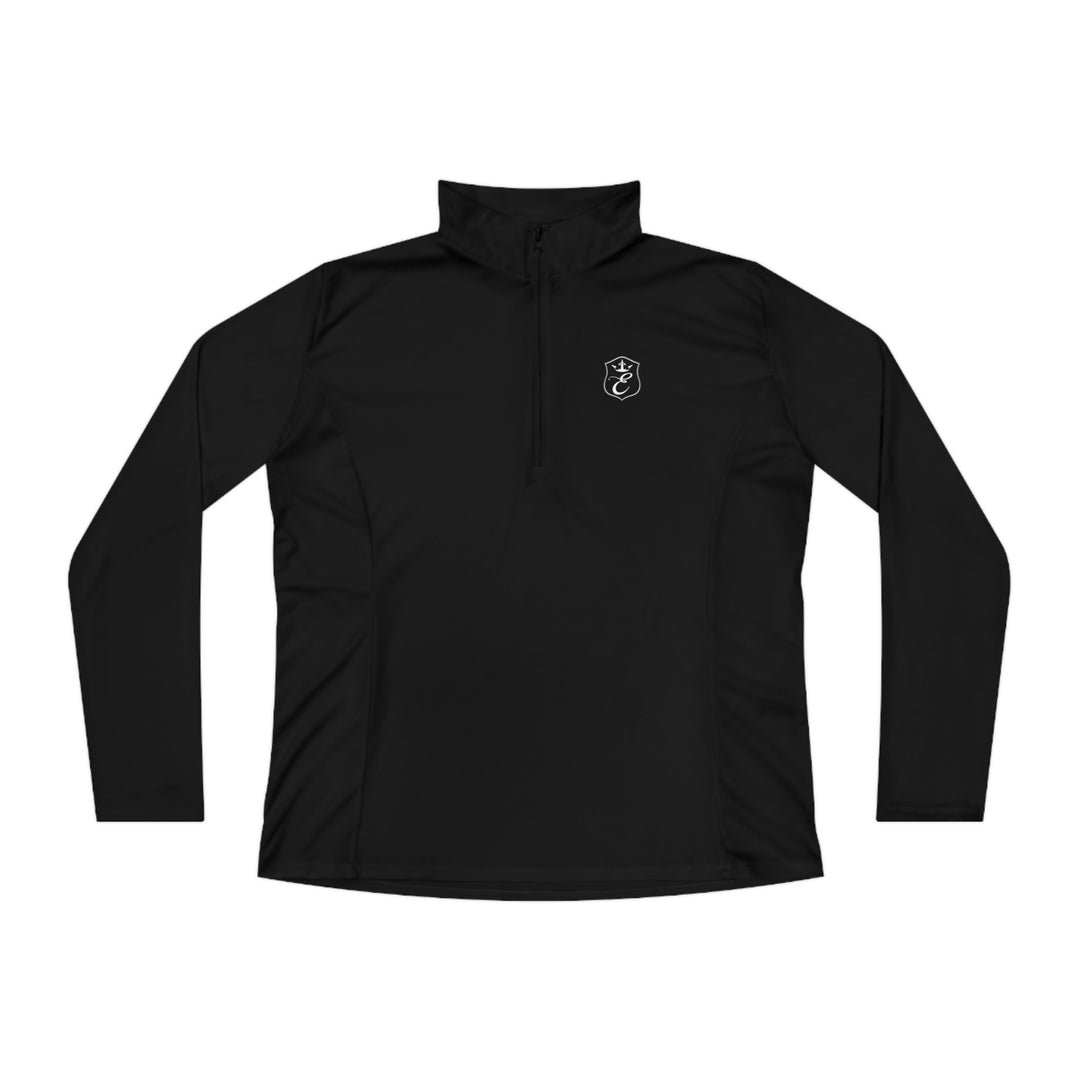
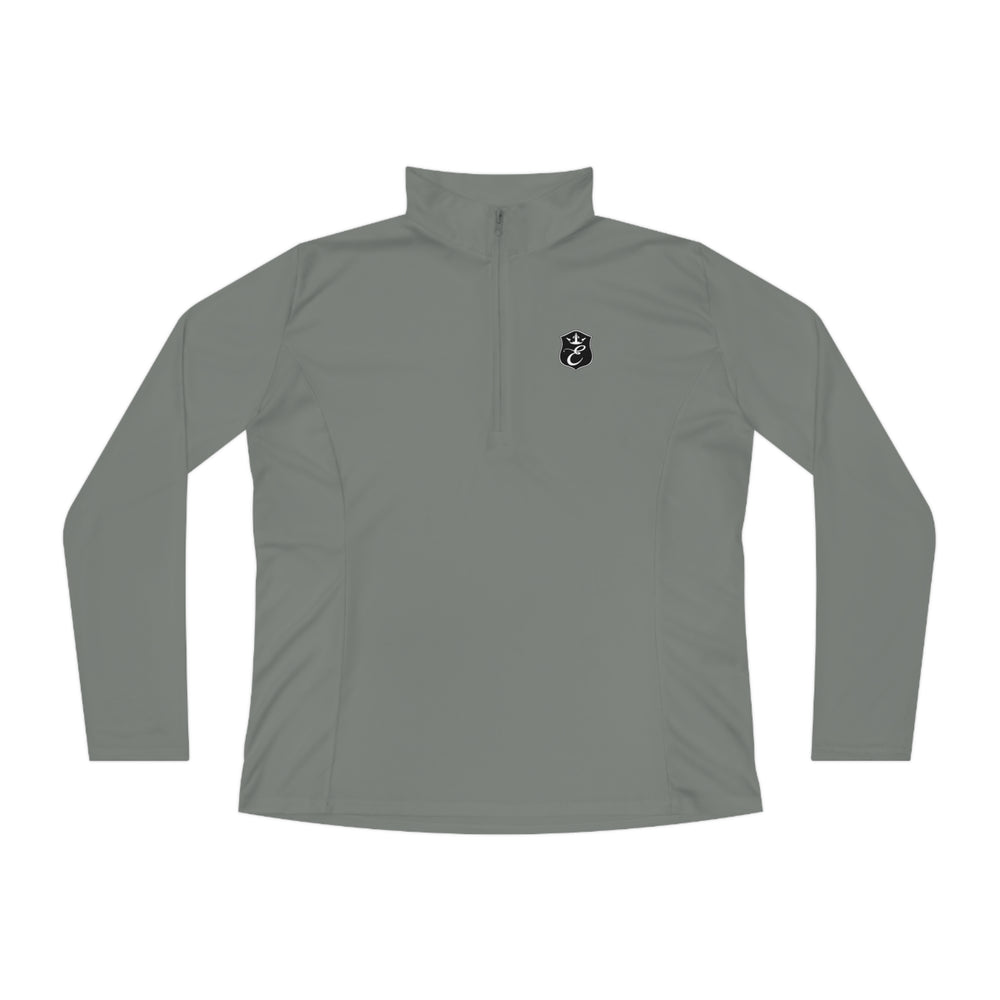
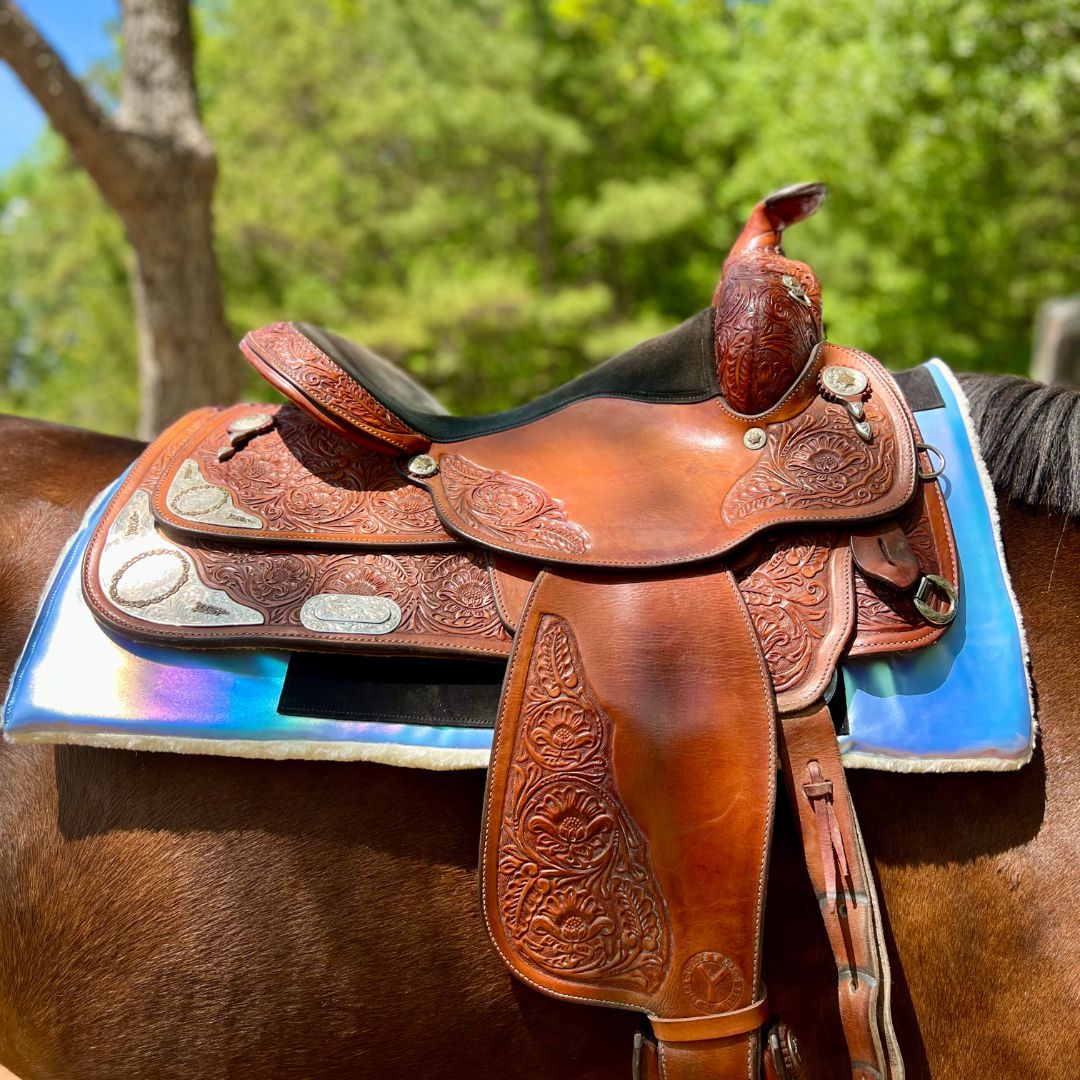
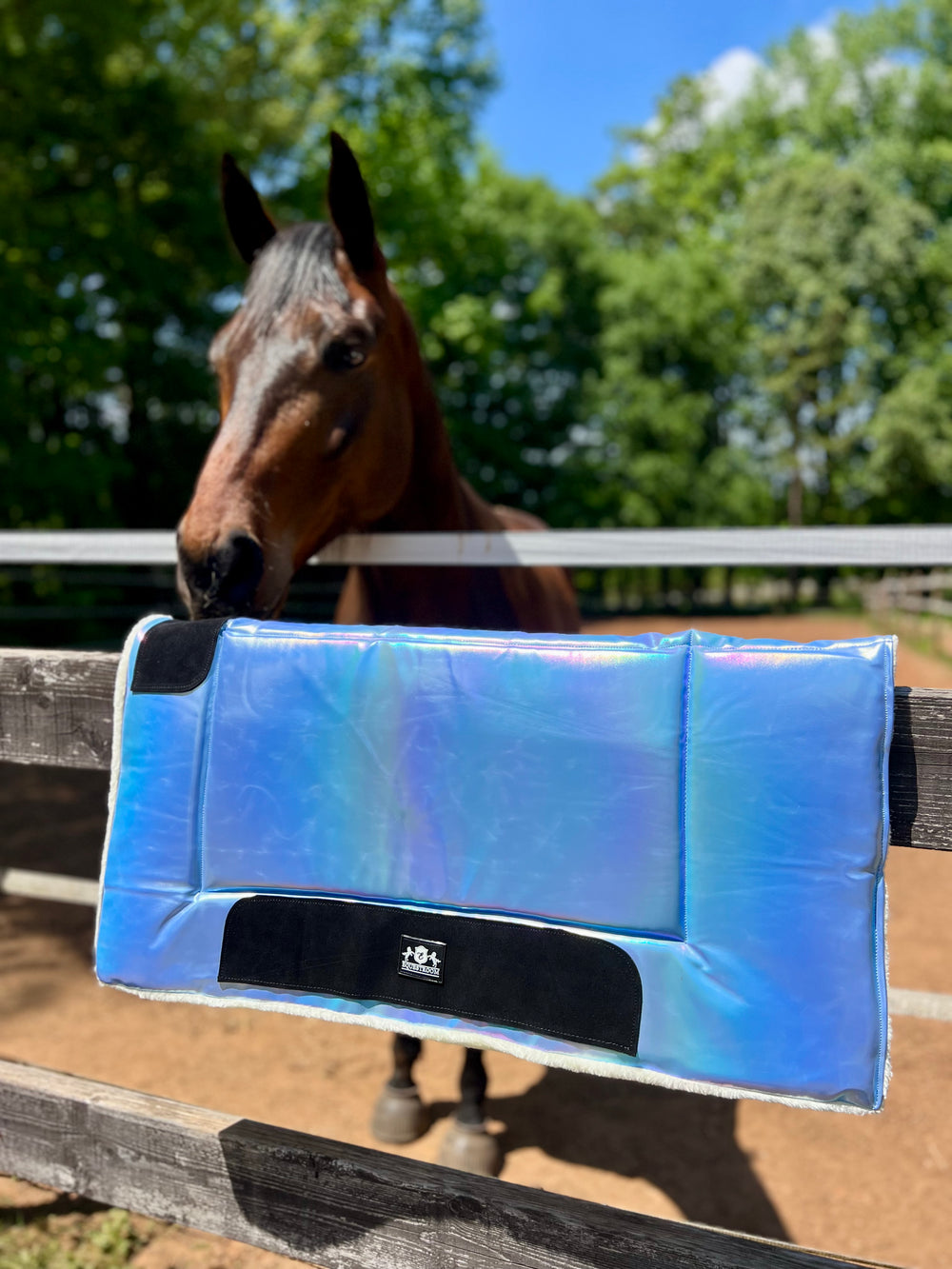
Leave a comment